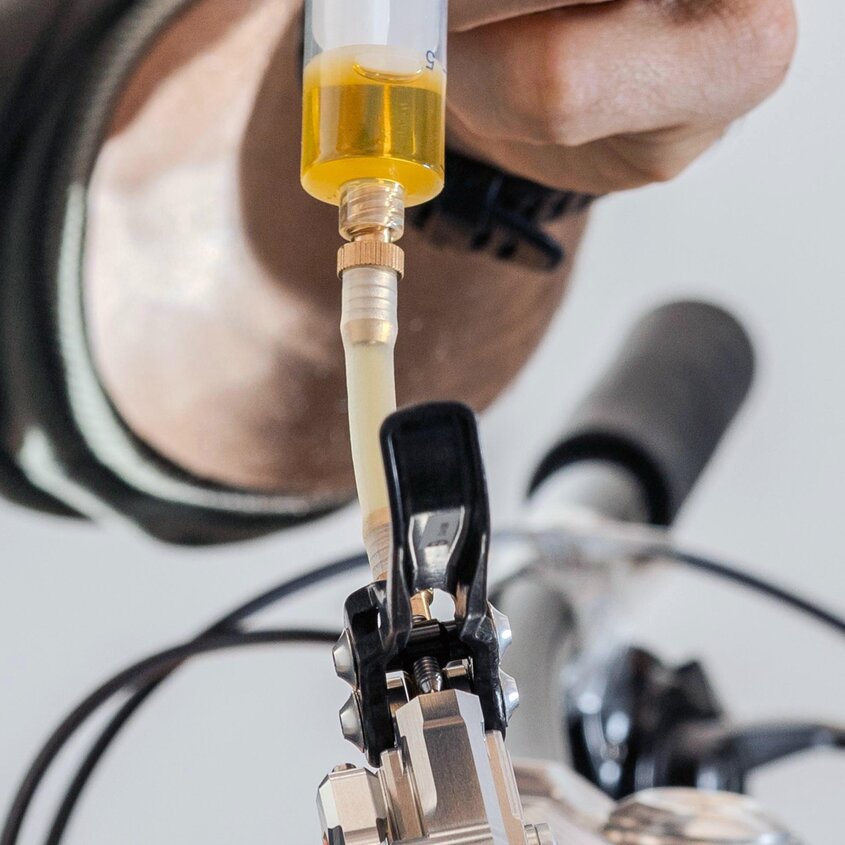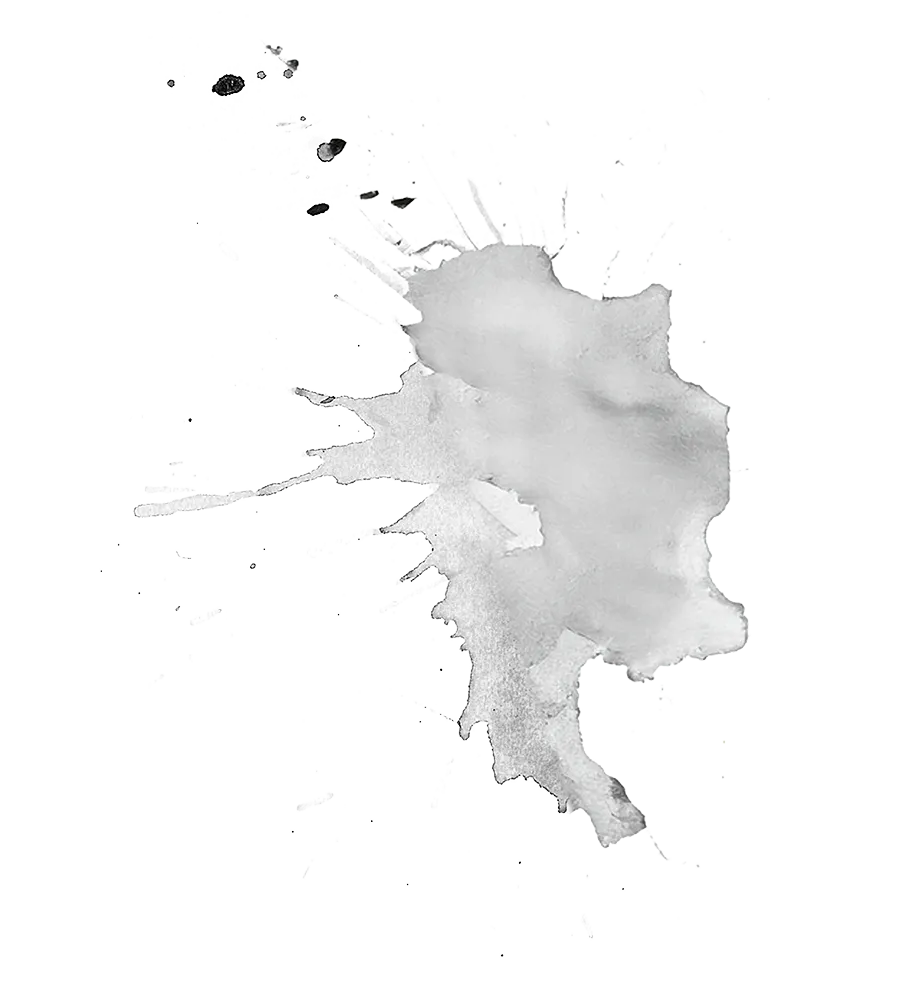
service hacks
Have the guts! It’s not rocket science, just solid brake construction. All our brakes are assembled by hand in our workshop and have been designed so that each component can be replaced individually. With a fundamental knowledge in handling bicycle components and a little self-confidence, you can get to work on certain tasks yourself. All you need is the right tools and a little bit of courage to tackle your brakes yourself. Our Tech Support is on-hand to help and advise you if you have any questions.
Caliper piston mobilization
Whether with a new brake, after maintenance, or after a long period of inactivity - mobilizing the pistons can be a game changer. A spongy bite point, unevenly worn pads and noise are often due to the pistons not moving freely. Mobilizing restores the optimal lubrication film. You can find instructions for mobilizing here.

Proper brake cleaning
After a mud party in the forest, it's not just you who will be happy about a shower, your brakes will also appreciate a little care from time to time. You should avoid using brake cleaner and isopropyl alcohol, as these can contaminate your brake pads in the worst case. Leave the high-pressure cleaner in the garage; it is best to clean your brake pump with a soft, damp cloth without detergent and your brake calipers with a sponge, washing-up liquid and plenty of water.

Air in the system?
That's a good question and often the first thought when the bite point is spongy. But before you start bleeding, first check whether the trigger is somewhere else. Predestined causes are unevenly worn pads, a bent rotor, the alignment of the caliper or excessive preload in the pad retaining bolt. The best way to check for air in the system is to insert a bleed block into the caliper, align the brake pump upside down, pump approx. 10 times and feel the bite point. If the bite point against a bleed block is alright, no bleeding is necessary. If the pressure point is undefined, you can start bleeding. Click here for instructions.

Shortening the hose
Do you want to route your hose through the frame or shorten the hose? Reusable, screw-in fittings make adapting a breeze, without additional spare parts. When changing from a Kevlar hose to a Goodridge steelflex hose or vice versa, please note that you will need different fittings. Click here for the instructions.

Regular service
The longest and most intimate relationships last because of mutual dedication and care. So why should you treat your brake any differently? To keep your brake as a companion for a long and maintain its functionality and reliability, it requires regular service and maintenance. We recommend that you service your brakes every two years. This includes, for example, replacing the seals/membranes and pistons.














